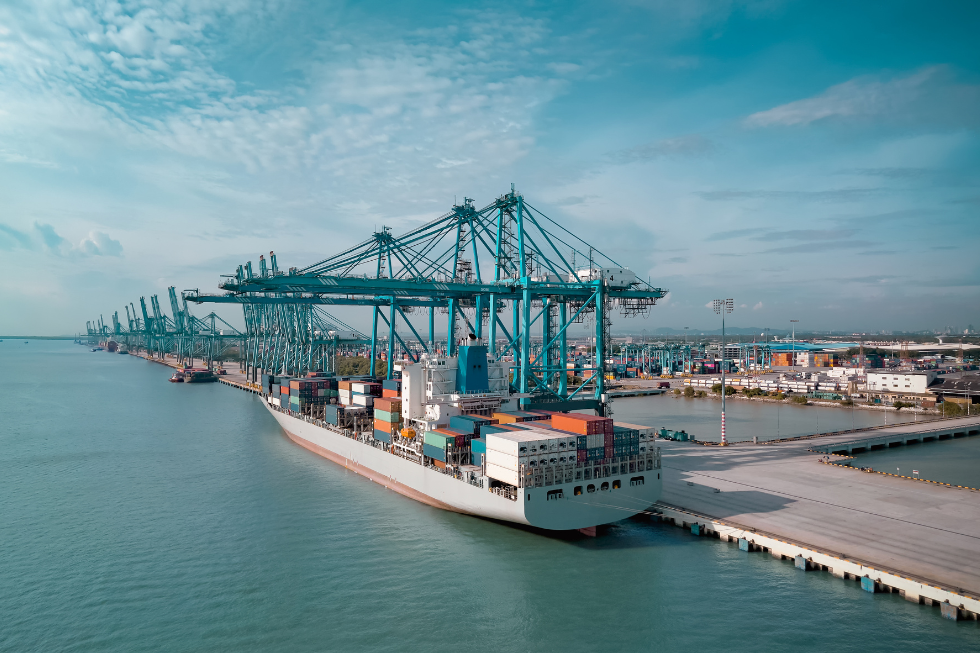Two significant developments in U.S. trade policy emerged on July 22, 2025, with the announcement of a finalized trade deal with Japan and a new framework agreement with Indonesia. Both initiatives reflect a broader strategy to strengthen bilateral economic ties and expand market access for U.S. exporters—particularly in the automotive, agriculture, and industrial sectors.
U.S.-Japan Trade Deal Finalized
President Trump announced Tuesday evening that his administration has reached a “massive” trade deal with Japan. In a Truth Social post, the president detailed that Japan has committed to investing $550 billion in the U.S., with 90% of resulting profits remaining in the domestic economy.
Key provisions of the deal include:
- Expanded market access for U.S. exports, including cars, trucks, rice, and other agricultural products.
- Implementation of reciprocal tariffs, with Japan agreeing to a 15% rate on U.S. goods.
This agreement marks a pivotal step toward rebalancing trade relations and is expected to create meaningful opportunities for U.S. manufacturers and agribusiness exporters.
Framework Reached for U.S.-Indonesia Agreement on Reciprocal Trade
Also on July 22, the United States and Indonesia released a joint statement outlining a new Framework for an Agreement on Reciprocal Trade. While not yet finalized, the framework is ambitious in scope and signals major reductions in trade barriers between the two nations.
Notable elements of the U.S.-Indonesia agreement include:
- 99% tariff elimination by Indonesia on a full range of U.S. industrial, food, and agricultural products.
- U.S. tariff reductions to 19% on Indonesian-origin goods, with possible further cuts for non-domestically produced commodities.
- Mutual regulatory streamlining, including recognition of U.S. safety and FDA standards, removal of pre-shipment inspections, and easing of digital trade barriers.
- Commitments on labor, environmental protection, and critical minerals exports, aligning with broader U.S. strategic and ethical trade objectives.
- Commercial deals worth over $22 billion, covering aircraft, agricultural goods, and energy products.
Final negotiations are expected to conclude in the coming weeks, setting the stage for formal signing and ratification.
What This Means for U.S. Exporters
These trade developments are set to provide U.S. companies with expanded access to high-demand Asian markets while also reducing tariff burdens and regulatory friction. For companies importing materials used in exported products—or exporting goods directly—this is an ideal time to reevaluate your duty drawback strategy.
Optimize Your Duty Drawback Refunds Amid Changing Trade Policy
With tariffs shifting and new export opportunities emerging, ensuring you’re recovering all eligible duties is more important than ever. Contact the J.M. Rodgers drawback team to see how our experts can help you maximize refunds under these evolving trade agreements.






